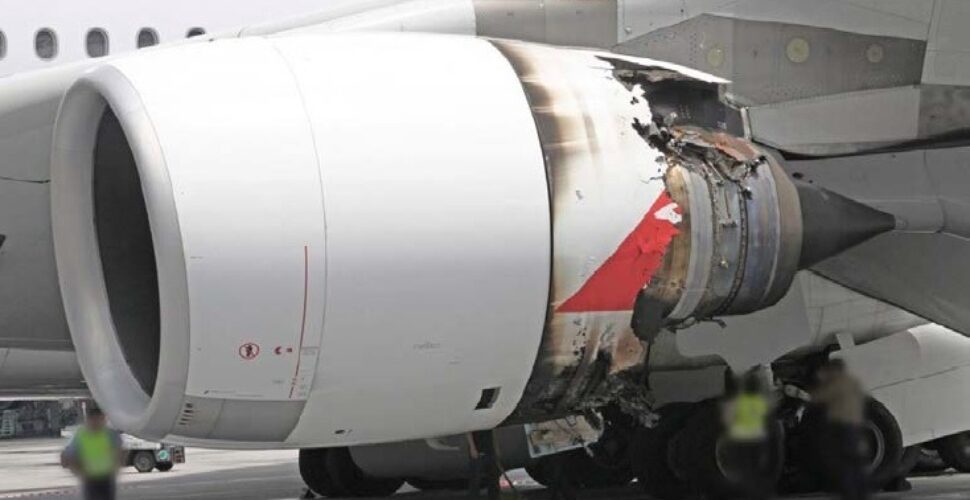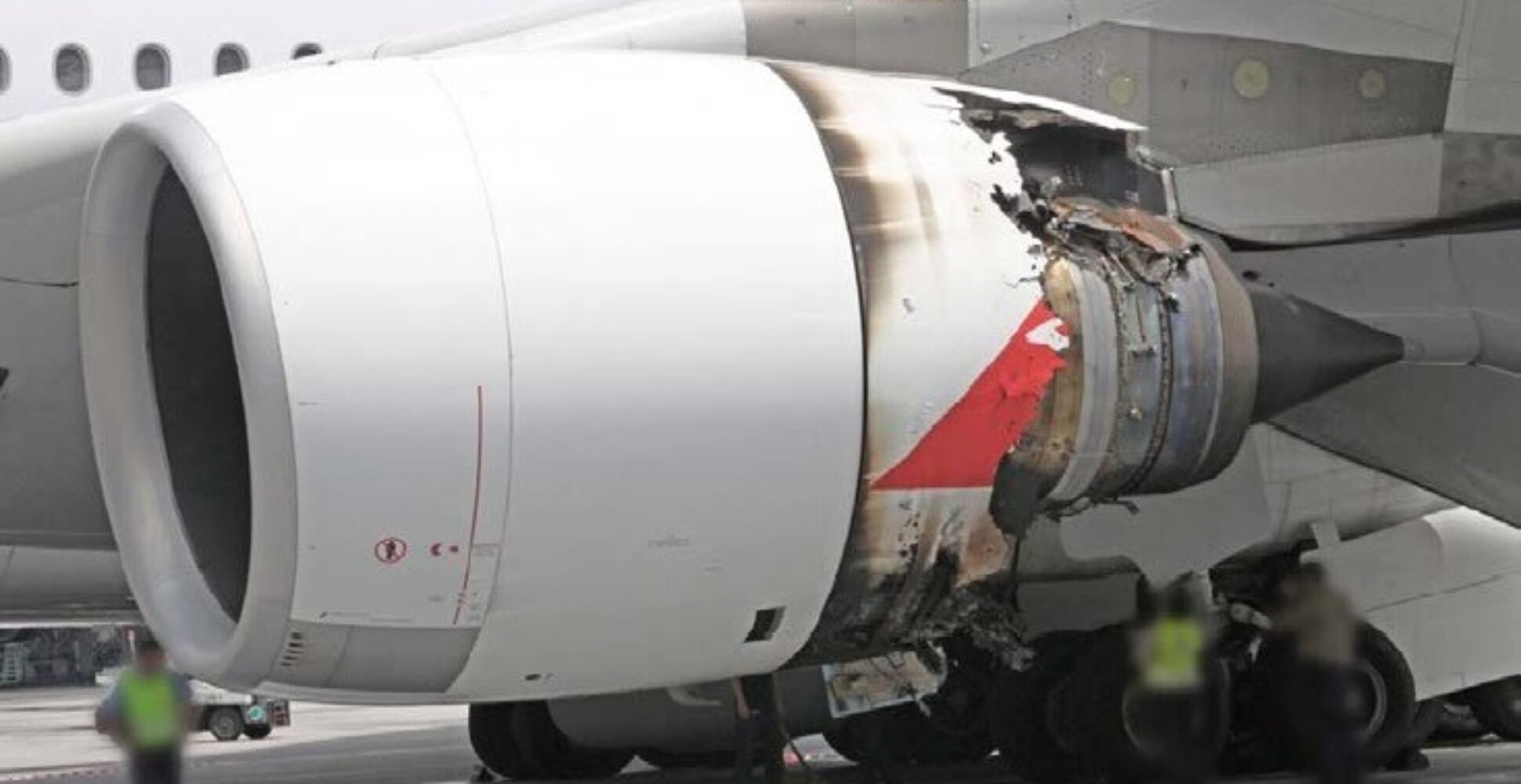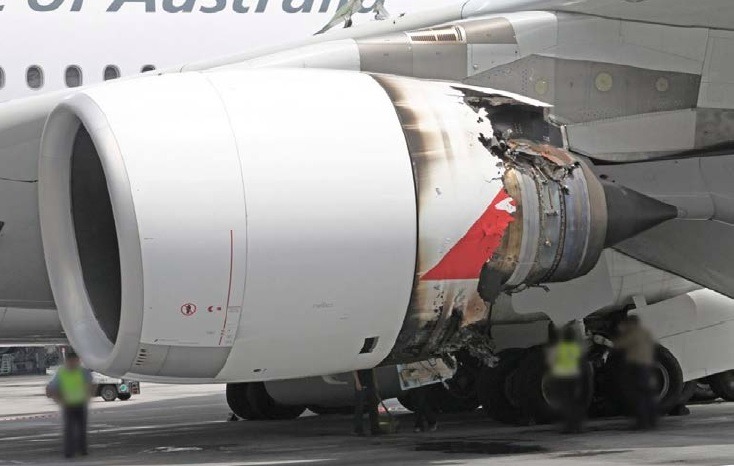Class Actions
Qantas QF32 Incident: Class Action Claim for Airline


LHD Lawyers act for Sandy Lam the lead plaintiff in a NSW Supreme Court class-action damages claim.
Rolls-Royce PLC is the defendant. Our client alleges that she suffered psychological injuries as a result of the QF32 incident which occurred on 4 November 2010.
QF32 was a Qantas A380 aircraft operating from Changi Airport, Singapore to Sydney. The aircraft was equipped with Rolls Royce engines. Sandy Lam was one of the QF32 crew members.
Within a short period of time after taking off, QF32 suffered an uncontained engine explosion. The explosion caused significant damage to the aircraft which compelled an emergency landing back into Singapore.
After landing, a decision was made by the QF32 Captain to not immediately disembark passengers. The Captain concluded that the safest place for passengers was in the aircraft until an assessment of external hazards could be identified. Hazards included the inability to shut down one of the aircraft’s engines, a significant volume of aviation gas spilling onto the tarmac from fractured wing fuel tanks and the risk of injury to passengers if escape chutes were used to evacuate passengers down onto the runway. Disembarkation of passengers and crew occurred in excess of one hour after landing.
There were 440 passengers on QF32 and 29 crew, including flight attendants and pilots. The potential class therefore totals 469 persons. Those persons who have suffered psychological injuries as a result of the QF32 incident are entitled to become members of the class. A passenger or crew member is not prevented from joining the class-action by the fact that they have not had treatment in respect to suspected psychological injuries.
It is LHD Lawyers responsibility to identify members of the class who have suffered psychological injury. Symptoms of psychological injury can include but are not limited to flashbacks, nightmares, anxiety, fixation on the traumatic event, fear and/or avoidance of flying.
If you were a QF32 passenger or crew member who has yet to join the class-action, contact LHD lawyers to enable advice in respect to your potential entitlements to be provided.
No. 2 engine damage
There was damage to the cowling and thrust reversers towards the rear of the engine and sooting on the rear section of the cowl (Figure 5). There was extensive damage to the turbine region of the engine, detail of which is covered in Part 2 of this report.
Figure 5: General damage to the No. 2 engine
Airframe damage
Liberated material from the uncontained engine failure resulted in significant damage to the airframe structure and systems. The structural damage included the:
- No. 2 engine support structure (Figure 6)
- Left wing upper and lower skins, front spar and internal ribs (Figure 7 and Figure 8)
- Left wing-to-fuselage joint (indentation and scoring).
If you were a QF32 passenger or crew member who has yet to join the class-action, we urge you to immediately Contact us today or call 1800 455 725 to enable advice in respect to your potential entitlements to be provided as airplane/aircraft compensation.

Check if you’re eligible or get free claim advice now
